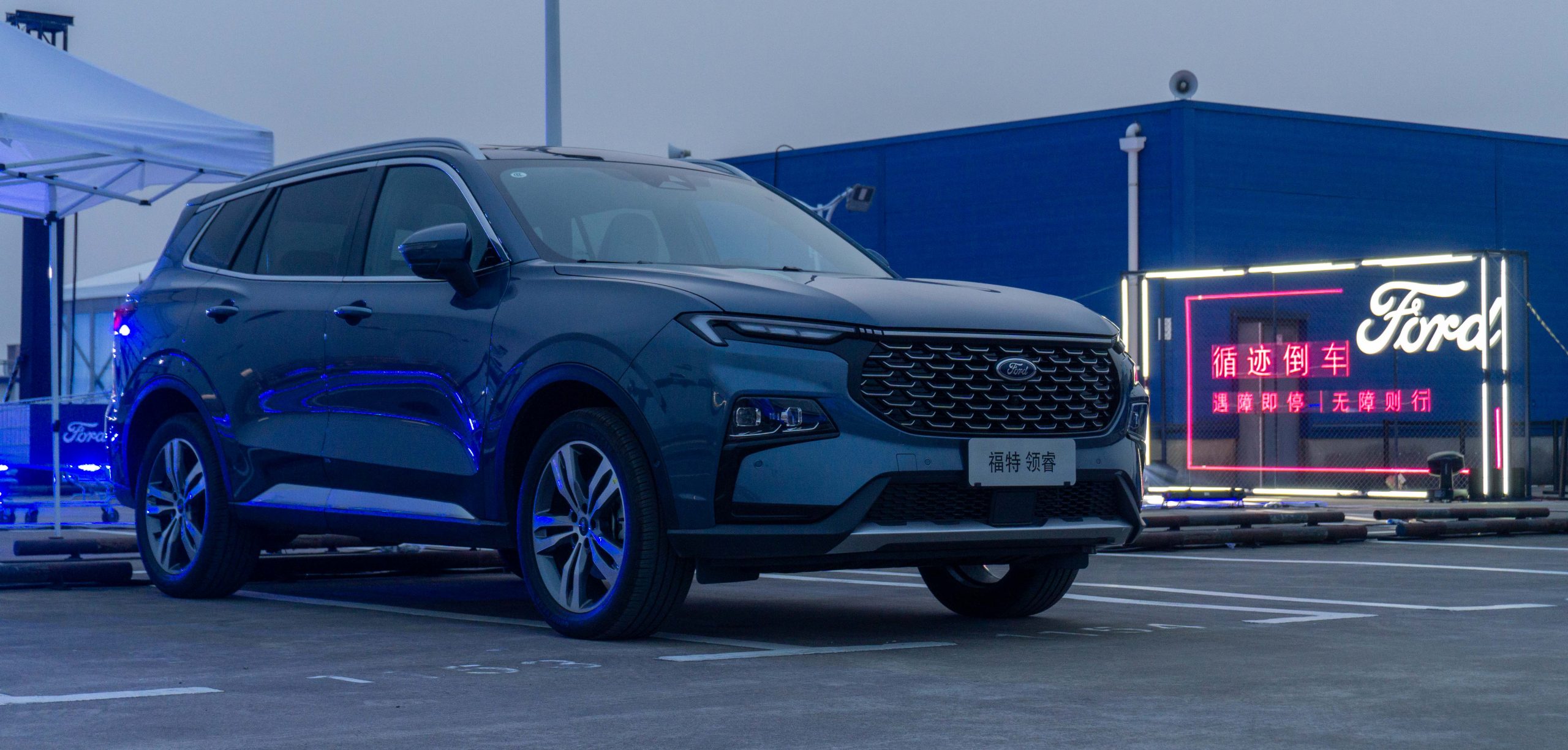It is hard to imagine that you can buy a mid-size Ford SUV for under 150,000 RMB. However, in March of this year, JMC Ford launched the Lingrui model, which continues the cost-effective route of JMC Ford and comes standard with multiple intelligent configurations.
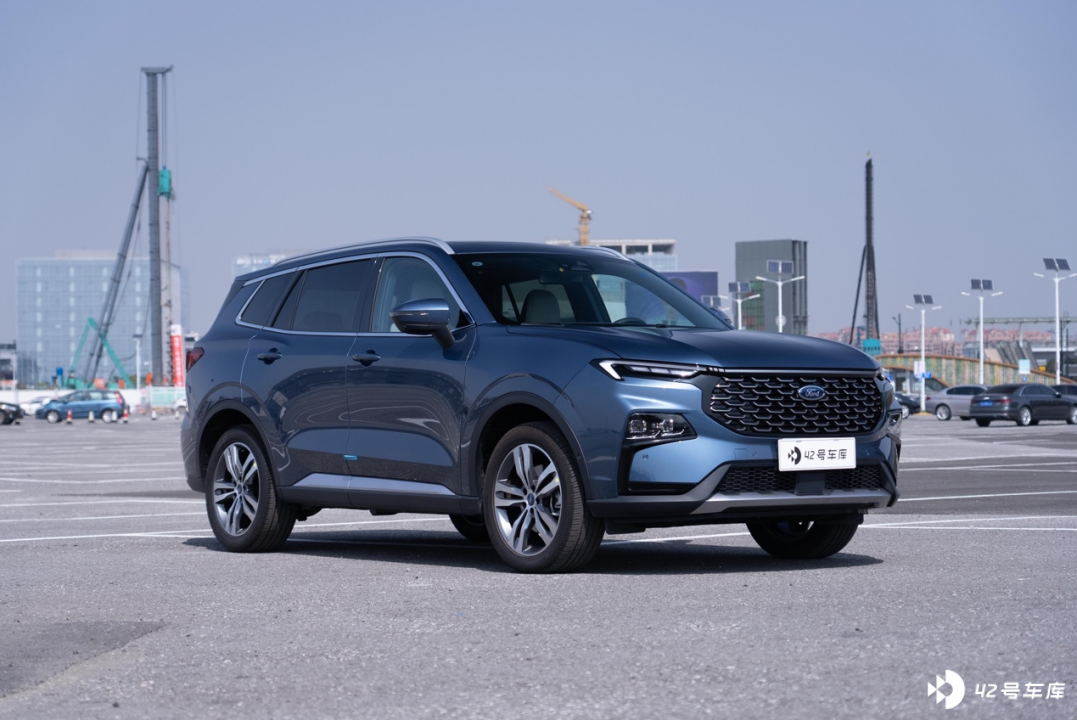
Moreover, advanced driving assistance features such as lane-change assist and APA parking are available in the 165,500 RMB model. Adaptive cruise control and blind spot monitoring are even available in the mid-range models at lower prices. It is difficult to find a better cost-effective product among joint venture brand SUVs in the same price range.
On July 22, JMC Ford held a Lingrui intelligent parking test drive experience to see whether the cost-effective Lingrui is practical with its rich configurations.
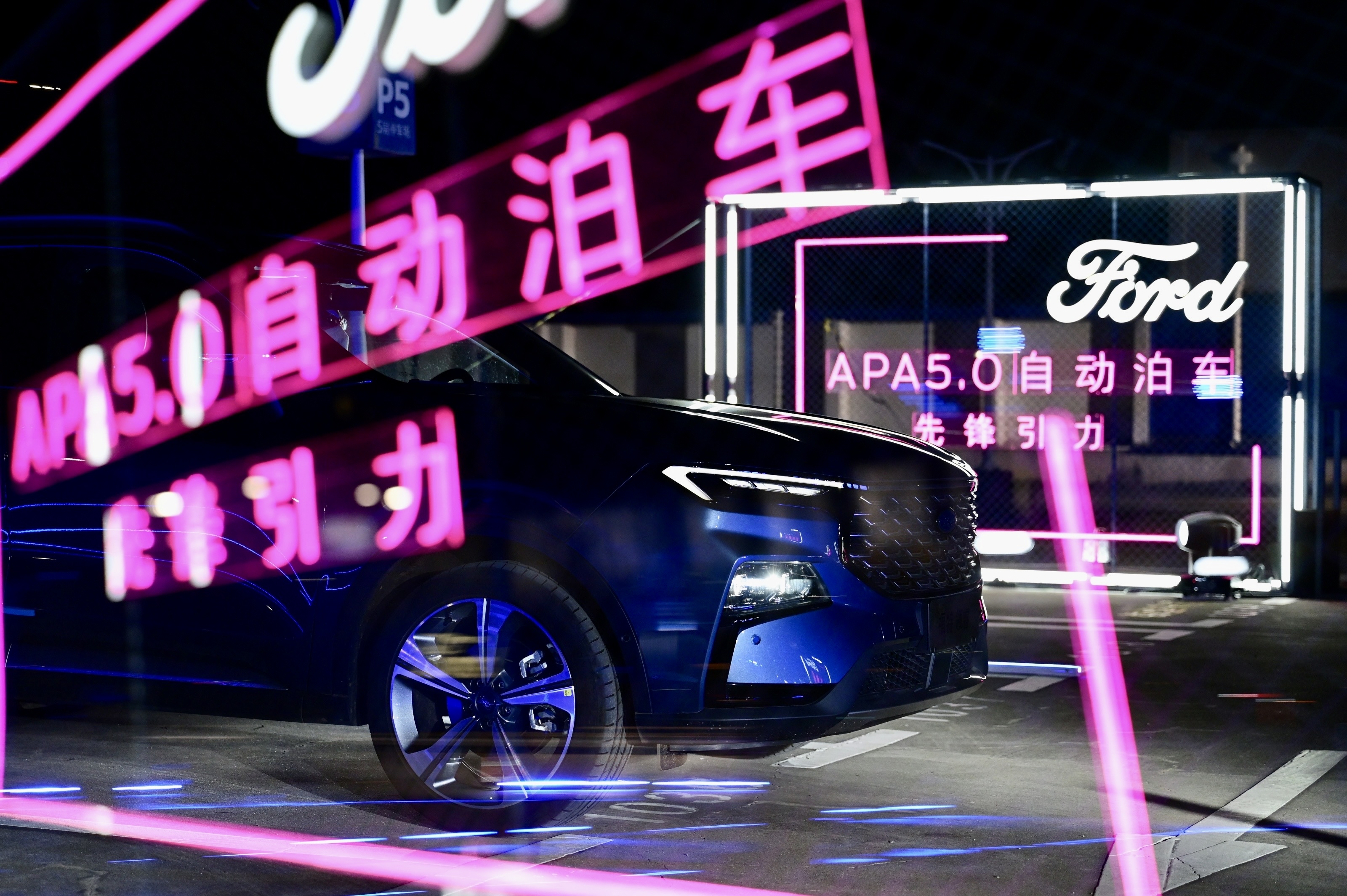
Automatic Parking
Lingrui is equipped with the APA 5.0 system, which integrates 12 ultrasonic radar and 4 panoramic cameras to form a visual fusion parking solution, which is also the mainstream development direction of parking.
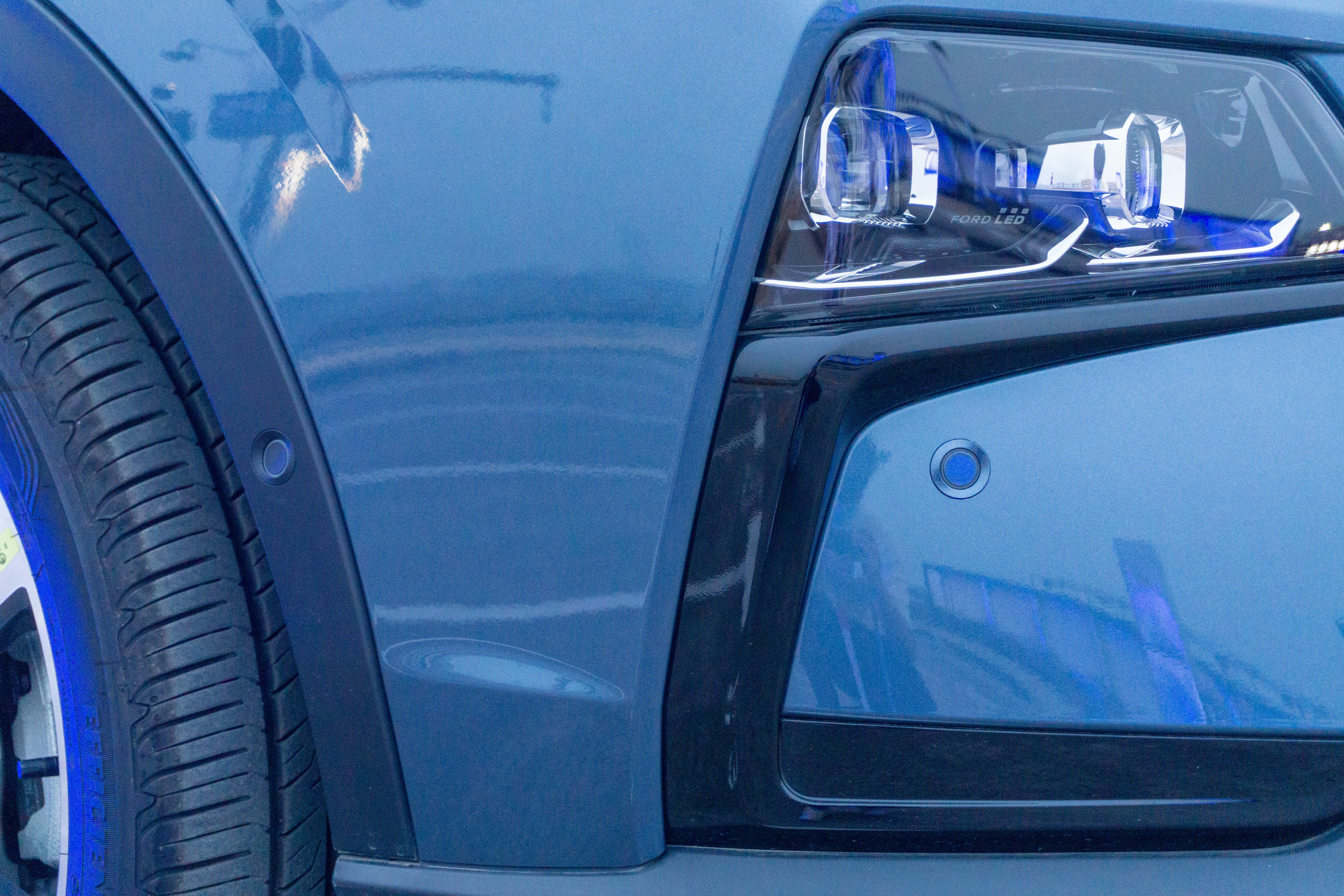
The activation of parking is also straightforward. There is a parking button on the center console. After activating it, the infotainment system will show you the available parking methods, including parking in and out and track reversing.
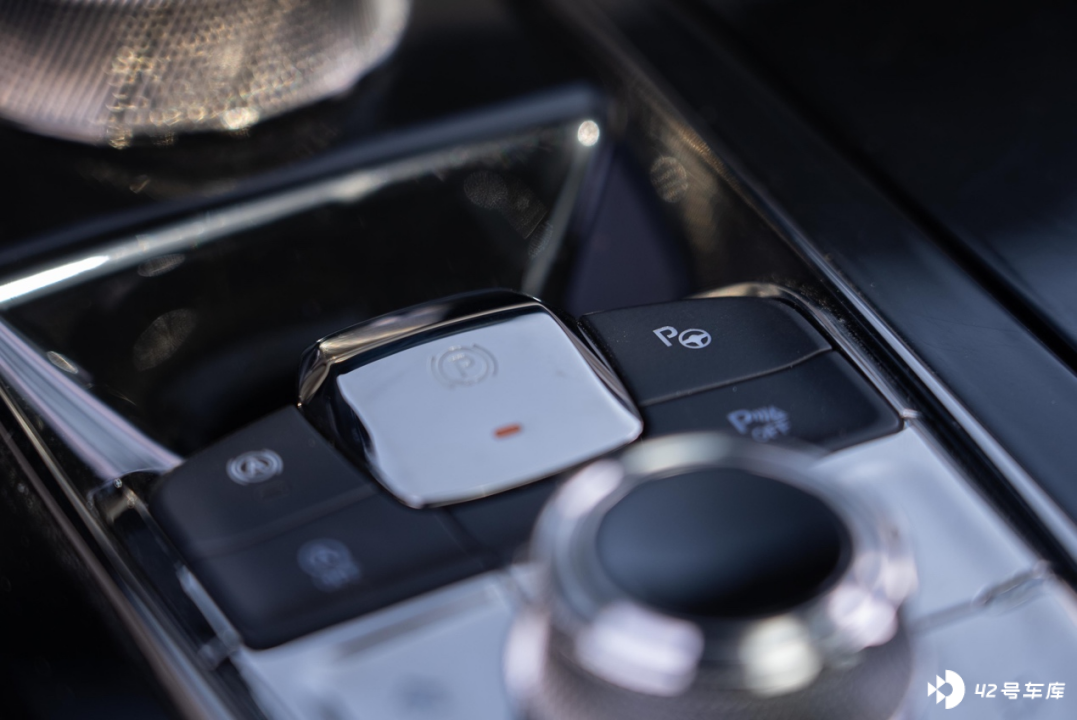
With visual perception fusion, Lingrui does not require high parking environment requirements. After all, parking spaces are found by “looking”, not just “feeling” through radars. Therefore, Lingrui can basically park into standard parking spaces with clear parking lines.
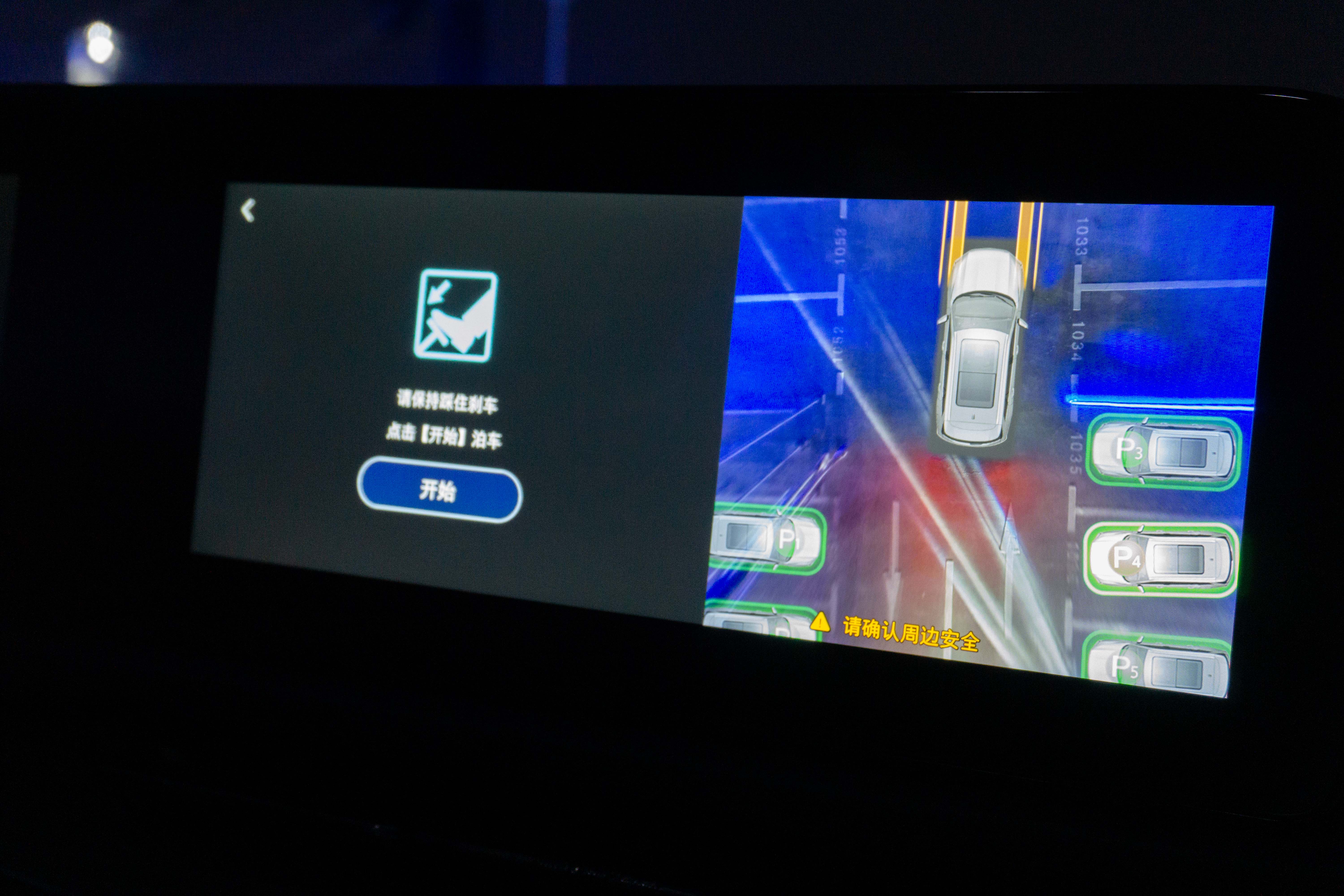
In terms of actual experience, Lingrui’s performance can be described as obsessive-compulsive. In fact, in most cases, the vehicle can be parked directly. But after each parking, Lingrui will pull forward a little to adjust its posture and park the vehicle between the two cars.During the test drive in March of this year, I noticed the detail of the Ford Territory. The vehicle will end up parked in the middle of two cars or in a parking space. In a parking space with a distance of 3 meters between two cars, the Ford Territory ended up 60 cm to the left of the car on the left side and 62 cm to the right of the car on the right side. Furthermore, after parking, only drivers with smaller physiques can exit due to the narrow opening of the doors.

In addition, the Ford Territory has excellent parallel parking capabilities. It takes a moment to adjust the posture after entering a parking space, but it is quite similar to the previous parking process. At the test site, which was a very large parking lot, the Ford Territory was parked in the middle.
When I tried to park on the street before, the right side of the car was very close to the curb to avoid unnecessary scratches.
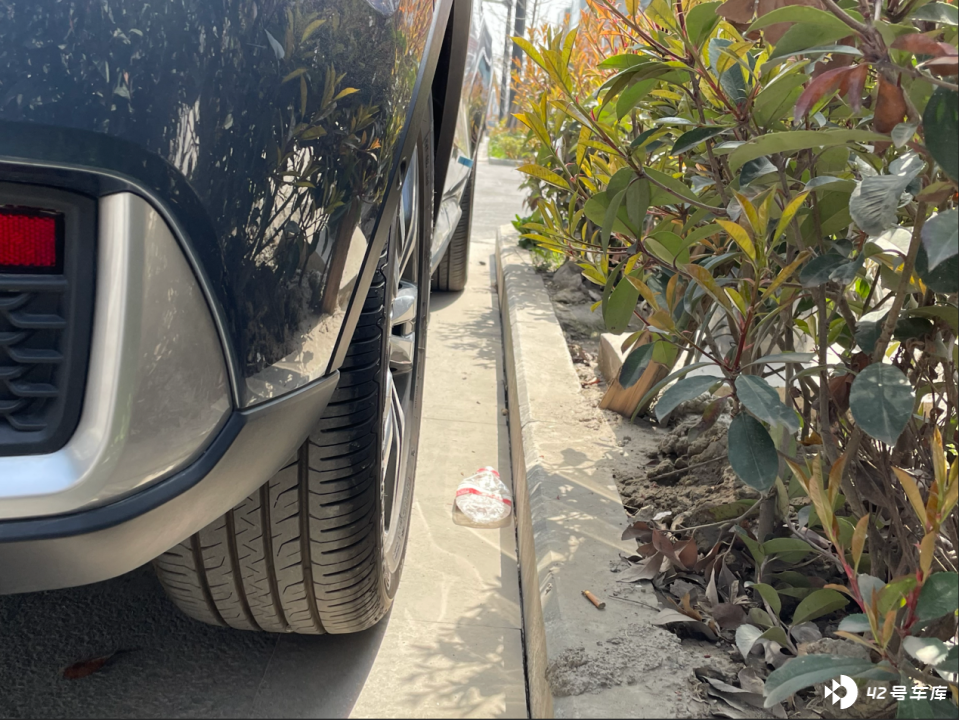
Regarding this issue, I also asked the product manager of Jiangling Ford. He stated that the vehicle relies more on visual information in an empty parking lot. The vehicle keeps its position centered based on the visual information. When there is an obstacle on one side, it will be determined to be a street, and the vehicle will use ultrasonic radar to stay as close to the inner side as possible. Overall, the Ford Territory’s parking ability is commendable in the same price range.
Tracing Reversing
In addition to automatic parking, the Ford Territory also has tracing reversing functionality. Among vehicles in the 150,000 yuan price range, the Ford Territory is the only model with the tracing reversing function. Looking further up, only the BMW 3 Series in the 300,000 yuan price range supports the tracing reversing function.
During the on-site test drive, a scenario was simulated in which a dead end was encountered after passing through an S-shaped curve. The Ford Territory’s tracing reversing function supports a maximum of 50 meters of route memory, which can be used effectively in right-angle corners and S-shaped curves.
Surprisingly, the test drive site also included a spiral curve scenario. The vehicle could still reverse from the fourth floor to the fifth-floor platform by tracing its path, which was quite exciting since the fence was close to the ground, nearly 30 meters away.
Previously, we tested the limits of the track parking feature of the Lingrui car. We set up a 3.5m wide pile bucket and during the track parking process, the Lingrui was able to reach a maximum speed of 7km/h and reduced to 3km/h on the curves. The overall speed control was good, and it was able to successfully pass through all the pile buckets.
However, when using the track parking feature, it is advisable to reduce the speed as much as possible. When driving at 15 km/h through the test site, there was a slight deviation between the actual trajectory and the trajectory during the final tracking process. It is easy to approach surrounding obstacles during the tracking process, triggering the driver to take over.
Finally
With the increasing level of vehicle intelligence, basic intelligent configurations are gradually being extended from high-end models to optional and standard models, and into the lives of more and more people. This development trend is similar to when vehicles first popularized electronic control configurations such as ABS and ESP, using technology to continuously improve the driving and safety experience of cars.
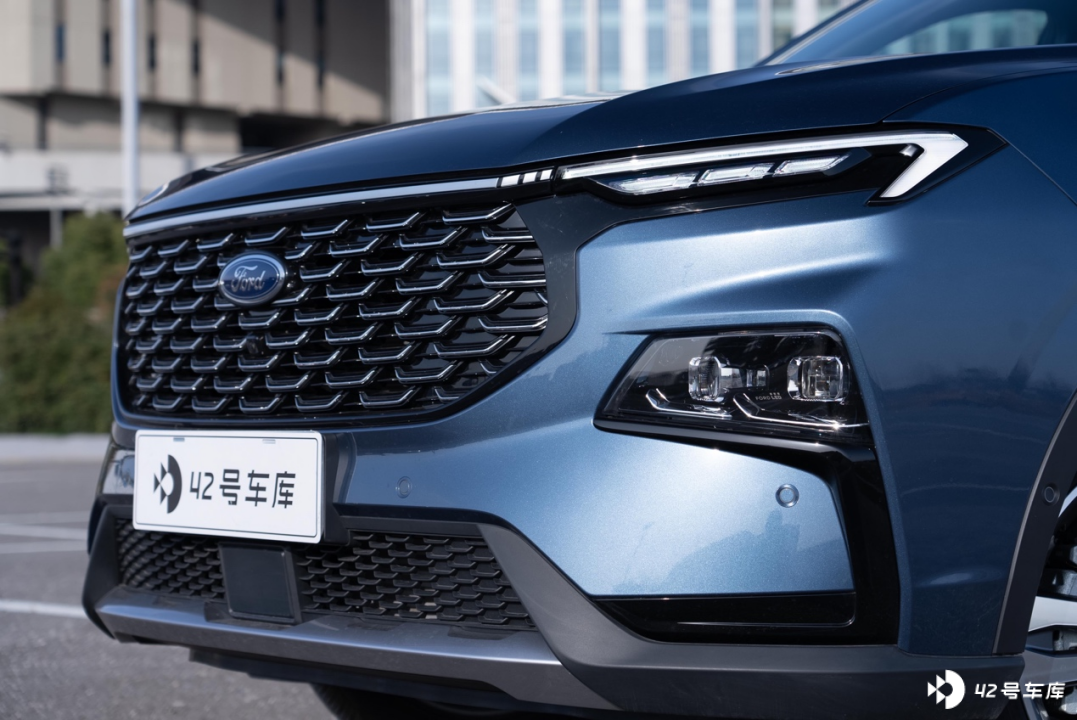
For manufacturers, adding functions to high-cost-effective cars should not be just to make the configuration list look good but should genuinely keep up with the times and reasonably apply intelligent configuration from the perspective of user experience.
Because in the era of intelligent driving assistance, it is not just a configuration for users, but also a tool that can help users avoid accidents, reduce driver fatigue, and make travel easier.
This article is a translation by ChatGPT of a Chinese report from 42HOW. If you have any questions about it, please email bd@42how.com.
